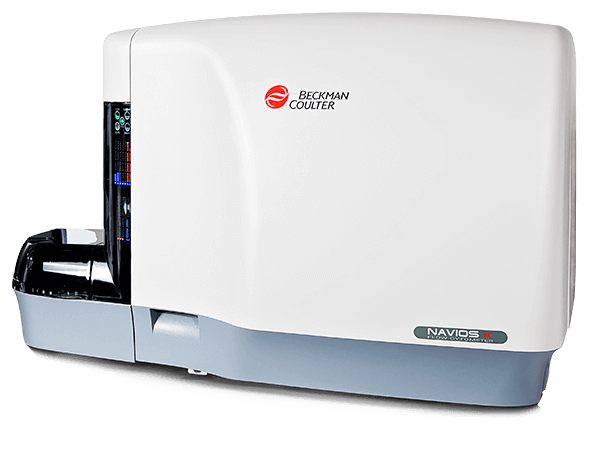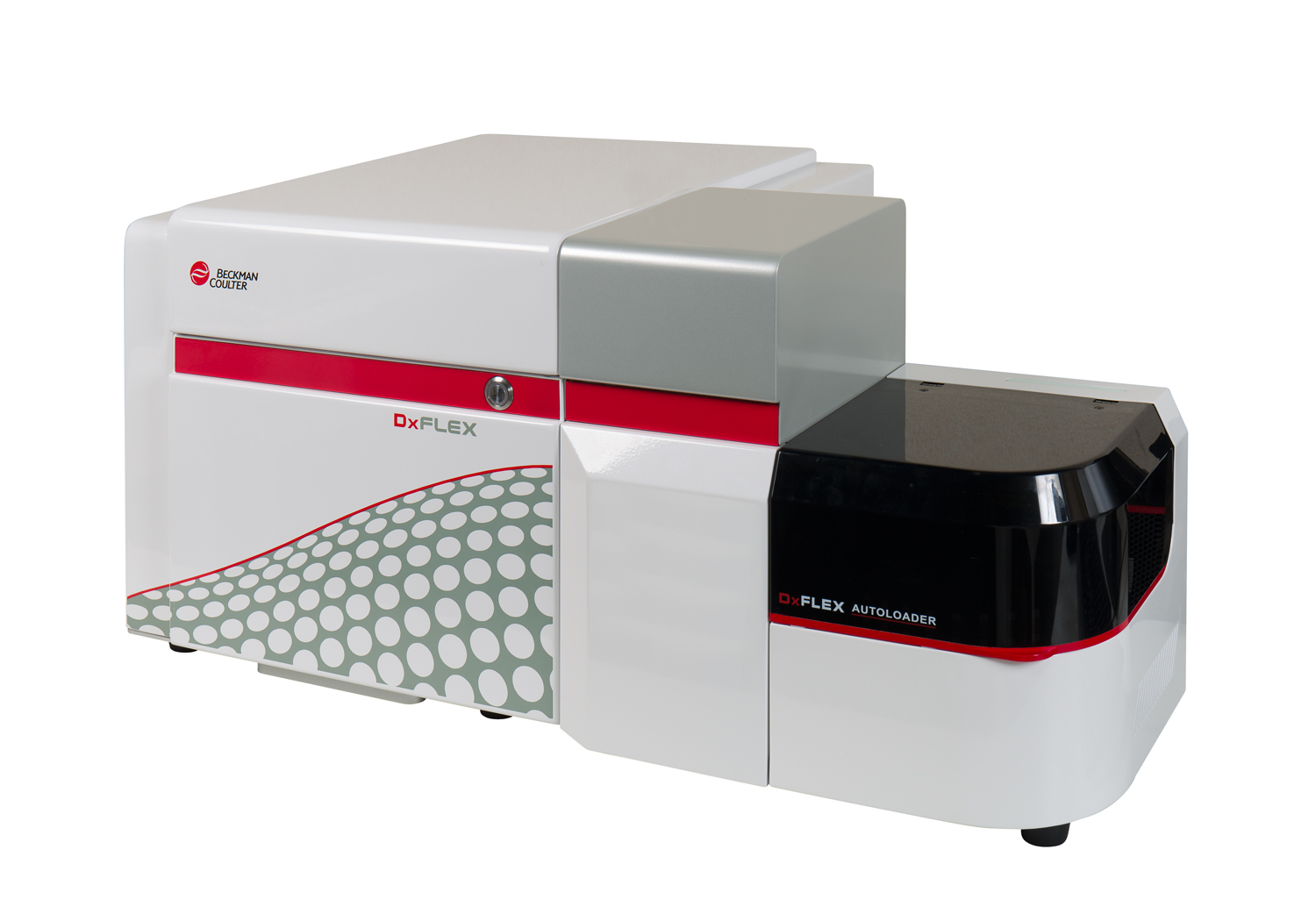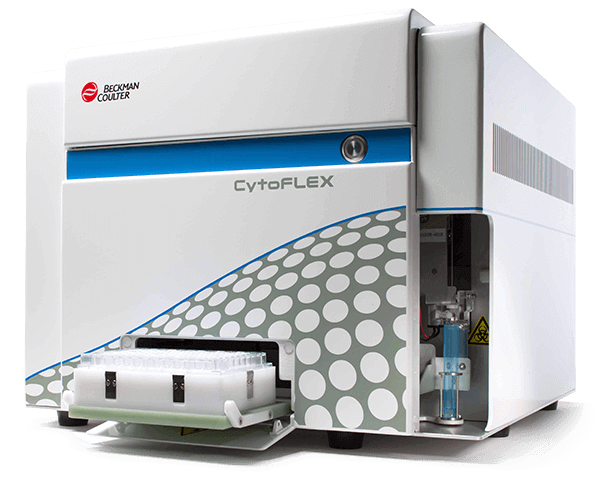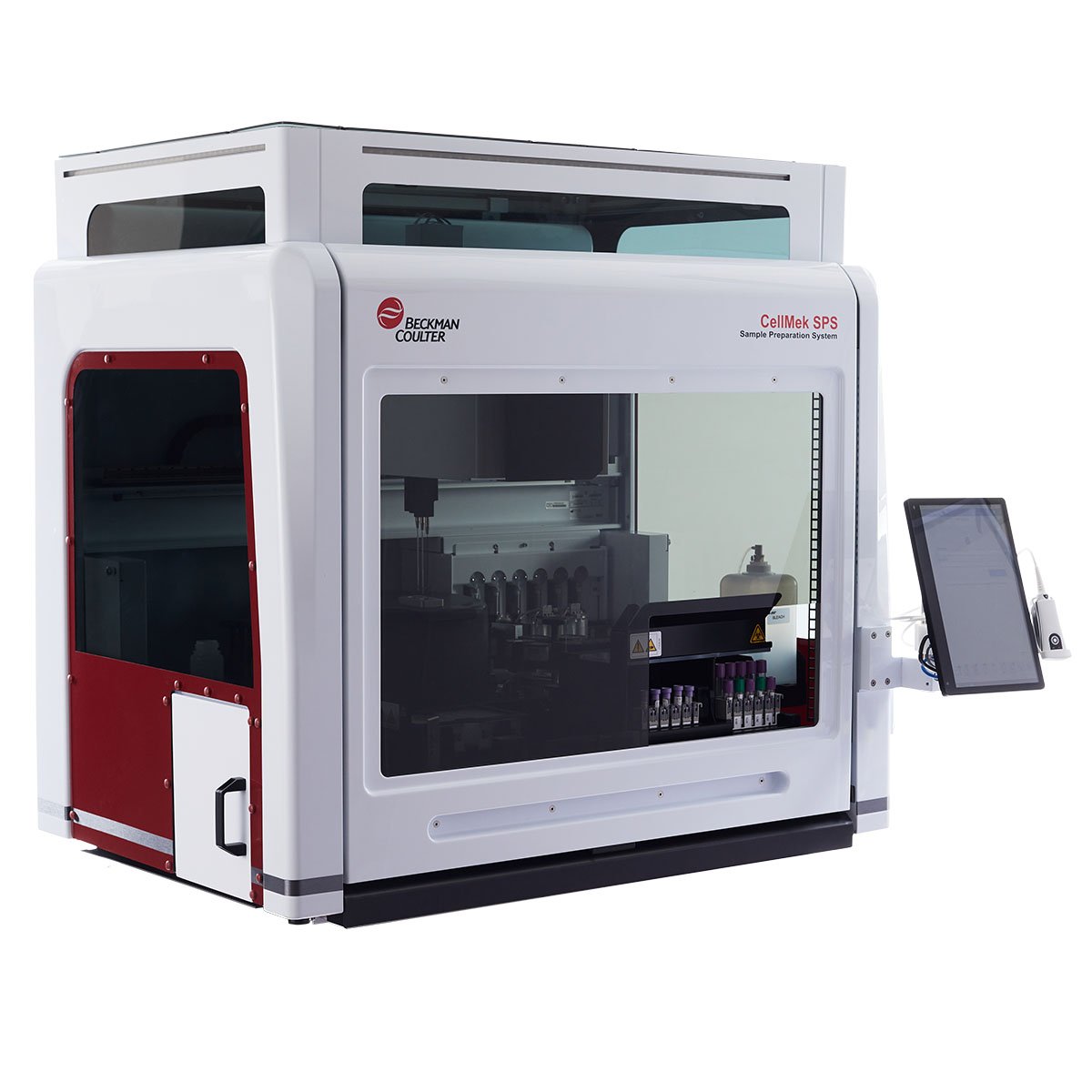CD3 Antibodies
The CD3 antigen is a complex of 5 invariable polypeptidic chains: γ, δ, ε, ζ and η, whose molecular weights are respectively 25-28, 21, 20, 16 and 22 kDa. The CD3 chains are clustered in a group of two invariant dimers, γ/ε and δ/ε associated with a variable dimer which consists of ζ homodimers, or ζ /η, or ζ/γ FcR heterodimers (γ FcR being the γ chain of the Fc receptors), or γFcR homodimers. The CD3 is part of a bigger complex which includes the T Cell Receptor (TCR). CD3 complex associated with the TCR is involved in the recognition of peptides bound to the major histocompatibility complex class I and II during the immune response. T cell activation may be induced when a foreign antigen is presented to the TCR through MHC complex. The CD3 antigen is expressed by mature T lymphocytes and by a subset of thymocytes.
CD3ζ see TCRζ.
| Clone: UCHT1 | Isotype: IgG1 Mouse |
| UCHT1 reacts with the ε-chain of the CD3 complex. It was used as a CD3 reference mAb (ref.6T-CD3.1) during HLDA 6. After permeabilization with saponin-based permeabilization reagent IntraPrep, it may be used to detect intracytoplasmic CD3 by flow cytometry. | |







